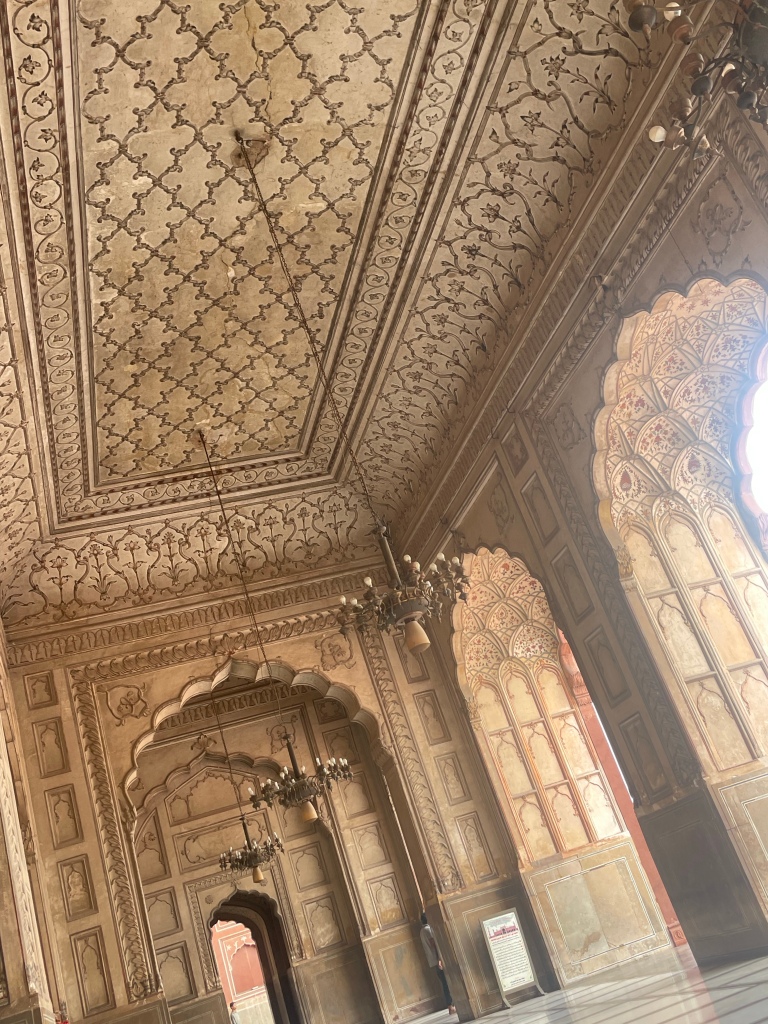Migration is a powerful force that has shaped the world we live in today. It has connected people, cultures, and histories in ways that are both beautiful and complex. As part of the global majority, many of us from South Asian backgrounds have personal stories that trace back to the colonial era and the consequences of decisions made during that time. In this educational post, I will explore the experiences of migrants in England, the historical context of colonisation under the British Raj, the partition of countries, and the profound impact it had on families torn apart across borders.
A Legacy of Colonisation
The British Raj, spanning from the 19th to the mid-20th century, left an indelible mark on South Asia. Our great-grandparents and ancestors lived under colonial rule, enduring its social, political, and economic consequences. The British Empire, driven by imperialism, exploited the resources and labour of our countries, leaving a complex legacy that continues to shape our lives today.
Partition and its Consequences
One of the most significant events in our shared history was the partition of India and Pakistan in 1947. This division was decided by drawing a line on a map, creating two separate nations. The consequences were far-reaching, with families abruptly separated, uprooted from their homes, and forced to migrate to new territories. Borders became impassable barriers, dividing people who had lived side by side for generations.
Personal Stories of Migration
These historical events have had a profound impact on individuals and families. Let me share with you the story of my own family. My great-grandfather served as a high-ranking officer in the Army and was buried in Burma. My Dadi, my paternal grandmother, was born there as one of four children. Sadly, she lost her father at a young age, and the pain of being an orphan left an enduring mark on her.
My Dadi, who we called Bi, which means mother or grandmother, would sit us around her telling us stories of her childhood, of her father, of her life after his untimely demise, and of life in Azad Kashmir. I would sit asking questions of various people, how we were related and what their story was. Bi had a way with words. As I would sit there listening, the connections and dots would be joining up in my head, as I found out more about my culture and heritage. I could see her words forming pictures inside my head.
Years later, my Dadi became a widow herself, left to raise her children alone after my Dada, my paternal grandfather, passed away suddenly during Ramadan. In 1991, she made the decision to move to England, seeing it as her new home. I can vividly recall her excitement upon returning from a trip to Azad Kashmir, running through Manchester Airport with sheer joy to be back in the place she considered home.



The Power of Storytelling
My Dadi always emphasised the importance of education and hard work in life. She would often ask us about our aspirations, whether we wanted to become teachers or doctors, and how we could help her with her English or health issues. Through her stories, she kept our ancestors alive and reminded us of our roots.
Sadly, we lost our Dadi six years ago, and her stories are now a distant memory. However the words and the impact are etched inside of us. We will never forget the lessons she taught us, or the morals she wanted to pass on. This is the impact of storytelling.
Storytelling is an integral part of our culture and heritage as the global majority. Folklore tales like Laila-Majnu, Sassi-Punnu, Shah Jahan, and Mumtaz are etched in our DNA. These stories connect us to our land, our languages, our traditions, and our shared identity.
Advocating for Change
While it is encouraging to see the recognition of South Asian Heritage Month, it is crucial to evaluate and revise its placement within the academic calendar. By integrating it into the curriculum of schools, colleges, and universities, we can ensure that the rich tapestry of our history and experiences is given the attention it deserves. Let us work towards a more inclusive education system that celebrates the contributions and stories of the South Asian diaspora, firmly placing our heritage at the centre of academic discourse.
Migration, influenced by colonisation and historical events like partition, has shaped the narratives of the South Asian diaspora. Our personal stories are woven into a broader tapestry of resilience, strength, and cultural richness. By understanding and sharing these stories, we can bridge divides, foster understanding, and ensure that the legacy of our ancestors is cherished and remembered for generations to come. Together, let us celebrate and honour our South Asian heritage as a testament to our collective journey.